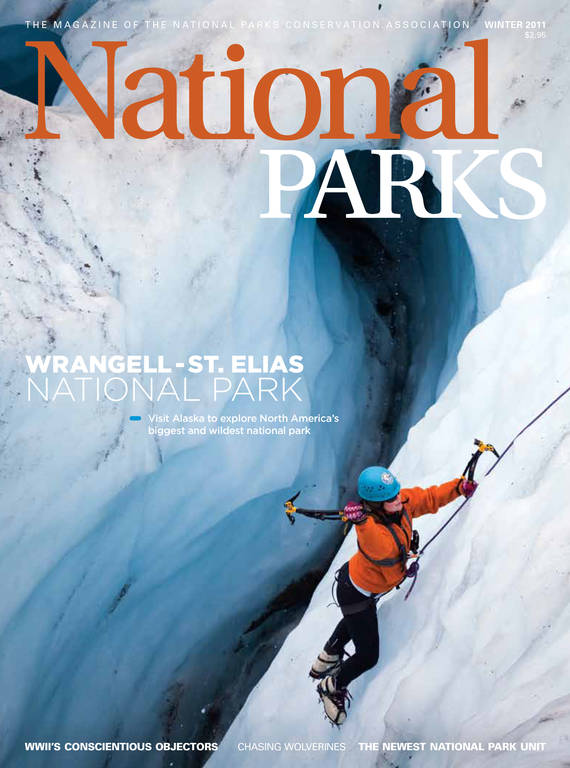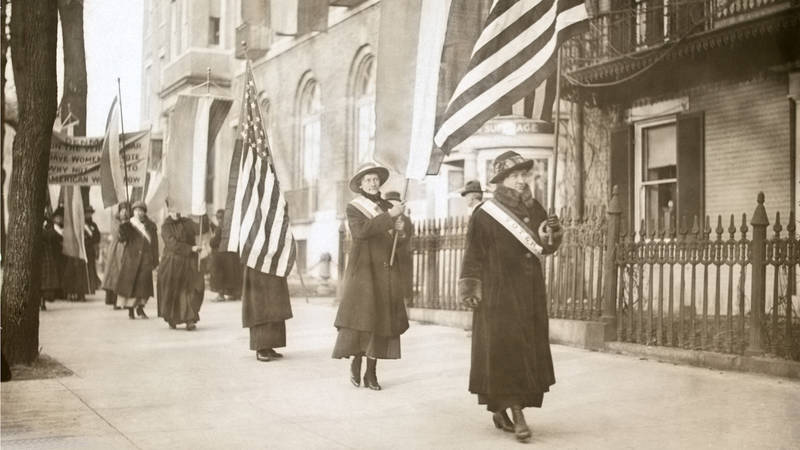Winter 2011
Raisin’ Expectations
The country’s newest national park in southeast Michigan details a key battle in the War of 1812.
Forty miles southwest of Detroit, near the banks of Lake Erie, the city of Monroe, Michigan, is plotting a comeback. And the National Park Service might be one small piece of the puzzle. Once home to major manufacturing facilities for Ford Motor Company, Monroe Shocks, and La-Z-Boy, as well as a thriving paper industry, the city has been bleeding jobs in recent decades. But its citizens are hoping to craft a future for their city by reclaiming their history. Many residents knew that Monroe had been the site of a bloody conflict during the War of 1812, but until archaeologists discovered evidence of the battle intact beneath an abandoned paper mill, few would have thought the plot of land was worthy of the NPS arrowhead. Turns out it is. In October, River Raisin Battlefield became the 393rd unit of the National Park Service.
In 1776, when the colonies declared their freedom from Britain and the Founding Fathers set about the work of forming a new nation, it wasn’t clear what would happen to the many territories to the west. French fur trappers mingled with British forces and American Indians, and skirmishes were common in the decades that followed. Then in 1807, Britain’s war with France led England to blockade and seize American ships that had facilitated trade with their rival. Tensions on land and at sea eventually led the United States to declare war on Britain in June of 1812, beginning the War of 1812.
In January 1813, the British were encamped in modern-day Monroe near the River Raisin, following victories at Fort Mackinac, Fort Detroit, and Fort Dearborn. American general William Henry Harrison sent in troops to put an end to British domination, but the 1,000 regulars and militia were ultimately decimated by the coalition of the British and American Indians. The British returned to Fort Malden promising protection for the captive and wounded American soldiers. But native warriors returned to finish off the injured men, kill the prisoners of war, and burn the town to the ground. Only 33 men escaped with their lives. When news reached other settled areas, it prompted the rally cry “Remember the Raisin!” which inspired Americans much like events at the Alamo would inspire combatants during the Texas Revolution a few years later. Historians still debate whether either nation really “won” the War of 1812, but the treaty signed at the end of 1814 brought it to an end, and the British left the region to American settlers.
Like the War of 1812, the River Raisin battlefield had been largely forgotten as well. The site was home to a paper mill constructed in the early 1900s, but reclaimed in the 1990s when the facility shut down. A visitor center was established in the former home of the plant manager, and visitors started trickling in, but the local historical society had much bigger plans.
“In the beginning, some people scoffed and said it’s impossible, because we were still looking at a site that said ‘rustbelt community,’” says William Braunlich, president of the Monroe County Historical Society. “This was a gargantuan task that would require funding to demolish the paper mill, rehabilitate the property, hire archaeologists, and so on, but our organization made a commitment to fill every funding gap.”
In 1998, the historical society acquired funding from the American Battlefield Protection Program to hire well-known battlefield archaeologist Michael Pratt to conduct forensic and historical archaeology on the site. Pratt was surprised to discover that evidence of the battle was intact, because the paper mill had been built on four feet of fill. Nothing below the surface had been touched in nearly 100 years. Soon enough, the local newspaper got on board, and people were starting to talk.
As excitement grew in the community, U.S. Rep. John Dingell (D-MI) introduced legislation to fund a study that would determine if the site was worthy of a national park. Meanwhile, the historical society commissioned a study team of leading battlefield experts to support the case for “national significance” of the site. Monroe’s residents leapt at the opportunity to tell the Frenchtown story, attending public meetings in numbers the Park Service never expected. The study validated national significance, and the park’s founding legislation was drafted to require that park land be donated to the federal government, nearly eliminating any acquisition costs, helping it sail through Congress.

National Parks
You can read this and other stories about history, nature, culture, art, conservation, travel, science and more in National Parks magazine. Your tax-deductible membership donation of $25 or more entitles…
See more ›The creation of River Raisin National Battlefield Park is one more step forward for the region, as it continues to reclaim its historical and cultural assets: The River Raisin Heritage Trail connects Lake Erie, Sterling State Park (one of the top state parks in Michigan, welcoming more than 700,000 visitors each year), the battlefield, and Monroe’s downtown. The Park Service is aiming to expand to a seven-day operation as soon as staff are hired, and volunteers are already lining up to help. New superintendent Scott Bentley is slated to arrive in a few weeks, and the park will begin to tackle its general management plan, conduct more research on the site’s history, and determine what sort of interpretive programs will be offered.
“The people of Monroe are really proud of their community and they recognize this is an opportunity to showcase something important that happened in southeastern Michigan,” says Sändra Washington, associate regional director for the Park Service. “When you can get more than 500 people and every television station and radio station to cover an event without putting a shovel in the ground or cutting a ribbon, it’s impressive.”
“We feel like a part of our national history is being reclaimed right here,” says Braunlich. “When you start to engage people about what happened in 1812 and what we were fighting for, they find out about this incredible loss, and they realize for the American psyche, this is when we resolved not to lose this region to the British. Imagine if all of Michigan and the Great Lakes were part of Canada—this would be a very different continent.”



